Awaiting Curiosity’s Fate
As the rover rocketed down to the Martian surface, the team at JPL could only wait and hope.
/https://tf-cmsv2-smithsonianmag-media.s3.amazonaws.com/filer/Curiosity-landing-b.jpg)
It’s 7:30 p.m. on Sunday, August 5 in Pasadena, California, and the evening is finally offering some relief after a scorching day. People are beginning to flood the campus of NASA’s Jet Propulsion Laboratory, where in three hours the world will learn the fate of the newest Mars rover, Curiosity.
Nearby, where redwood tables and chairs are clustered around a large pool and fountain, JPL scientists and engineers chat in small groups, some talking with reporters. At a glance the scene is casual, even celebratory – like an outdoor cocktail party. A friendly but tense cocktail party.
Tom Rivellini, principal engineer for Entry, Descent and Landing (EDL) systems, is talking with colleagues in front of a large tent showcasing full-scale models of NASA Mars explorers: orbiters Mars Odyssey and Mars Reconnaissance Orbiter; landers Pathfinder, Mars Exploration Rover and Phoenix; and the much larger Curiosity.
Rivellini, like others on the science team, says he feels confident of success. But he also says he is resigned to whatever happens. “There’s nothing we can do at this point,” Rivellini says. “It’s nerve-wracking.”
Ten years of design work, mechanical tests, white board sessions, computer simulations, prototype tests in the desert, and intensive and endless performance reviews – all of this is riding on a spacecraft now speeding toward the Martian atmosphere. If all goes according to plan, Curiosity’s seven-minute descent, culminating in a cable drop from a rocket-powered sky crane, will kick off the most ambitious mission yet in our exploration of Mars.
John Essmiller, a systems engineer for guidance, navigation and control, is focused on how the onboard radar will perform in the final moments of the descent. Determining Curiosity’s altitude and speed relative to the Martian surface will be critical for timing the rocket firings.
“I think for me, getting that solution relative to the ground will be a big relief,” he says.
More than an hour from the scheduled landing, a crowd has gathered outside the newsroom at JPL, and there’s the sound of frequent laughter. Actor Seth Green holds court, cracking jokes. He is one of numerous celebrities invited to JPL, including musician will.i.am, Jeopardy’s Alex Trebek and others. Someone says Mars is now visible in the sky and the International Space Station is passing overhead. The crowd spills outside, and a few people hold their iPads and iPhones up to the sky, star maps glowing in the dark.
The actual landing sequence passes dizzyingly fast. At 10:06 p.m. in California, mission control receives word that Mars Odyssey, pre-positioned in Martian orbit, will be in the right orientation to track Curiosity’s landing as it happens – which had not been guaranteed.
Cruise stage separation occurs at 10:14 p.m. and atmospheric entry at about 10:25. A minute later the craft experiences peak heating and peak deceleration, absorbing 11 to 12 Gs. A quick succession of reports from the control room: chute deployed, 90 meters per second, 6.5 kilometers and descending … Odyssey telemetry still strong … powered flight … 1 kilometer and descending, 70 meters per second …50 meters per second, 500 meters altitude … ready for sky crane … 10 meters per second, 40 meters altitude … sky crane has started … touchdown.
The control room explodes in cheers, hugs, pumping fists, high fives and tears. Reporters applause. Before you can catch your breath, an image from Curiosity’s rear “hazcam” (hazard camera) appears on the screen. Curiosity’s shadow is cast onto flat terrain during a late Martian afternoon. One of its wheels is captured in the corner of the image.
“It’s the wheel, it’s the wheel!” someone shouts in the control room. “We’re down on Mars!”
Watching all this from the newsroom – the lightning fast succession of milestones, the cheers and tears, the first images – is just incredible. NASA has just landed a one-ton rover the size of an SUV with a series of risky and daring maneuvers – any one of which could have doomed the spacecraft.
Within a few minutes, Curiosity’s science and engineering teams emerge on the mall to head for their triumphant press conference.
“Unbelievable. Unbelievable. It was like it was fake, it was so perfect,” says Doug McCuistion, director of NASA’s Mars Exploration Program. To get back images so quickly, while possible, “was a shock,” he says. “The fact that we got one was amazing, the fact that we got two was impossible to believe.”
James Garvin, chief scientist for the Sciences and Exploration Directorate at Goddard Spaceflight Center, reflects on the mission’s place in history as he walks toward the press conference.
“Eleven years ago this was a dream, and now we’re on Mars,” he says. “This is Apollo without astronauts … and these guys have never missed. You give them a chance and they do amazing things.”
/https://tf-cmsv2-smithsonianmag-media.s3.amazonaws.com/accounts/headshot/Bruce_Lieberman_Yosemite_Cropped.jpg.jpeg)
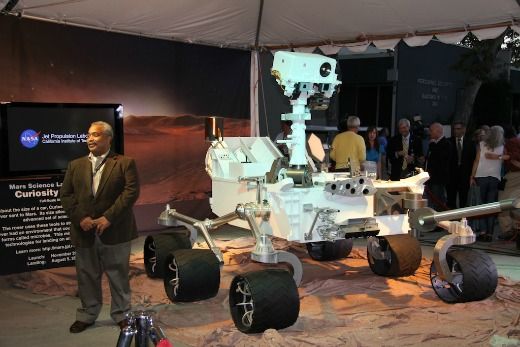
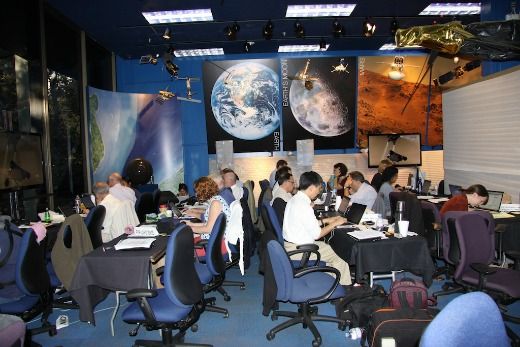
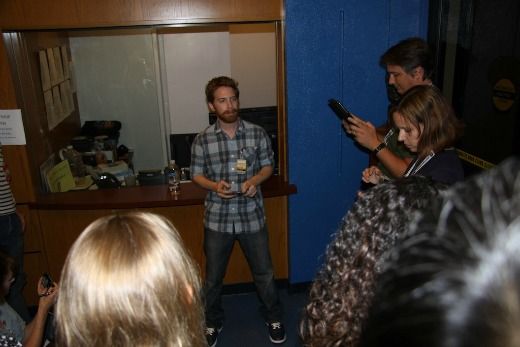
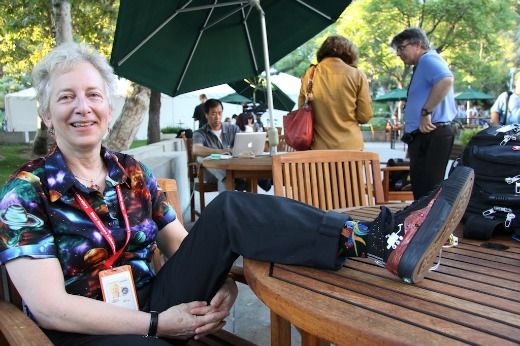
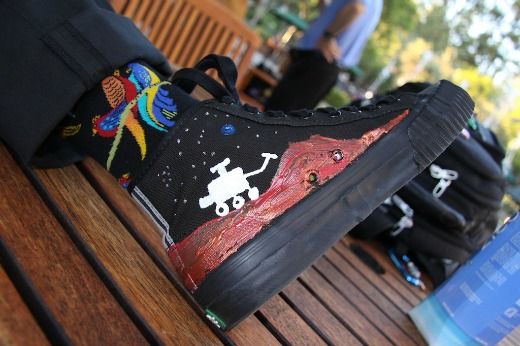
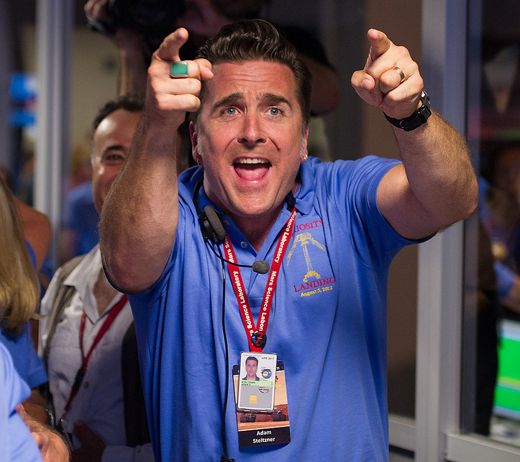
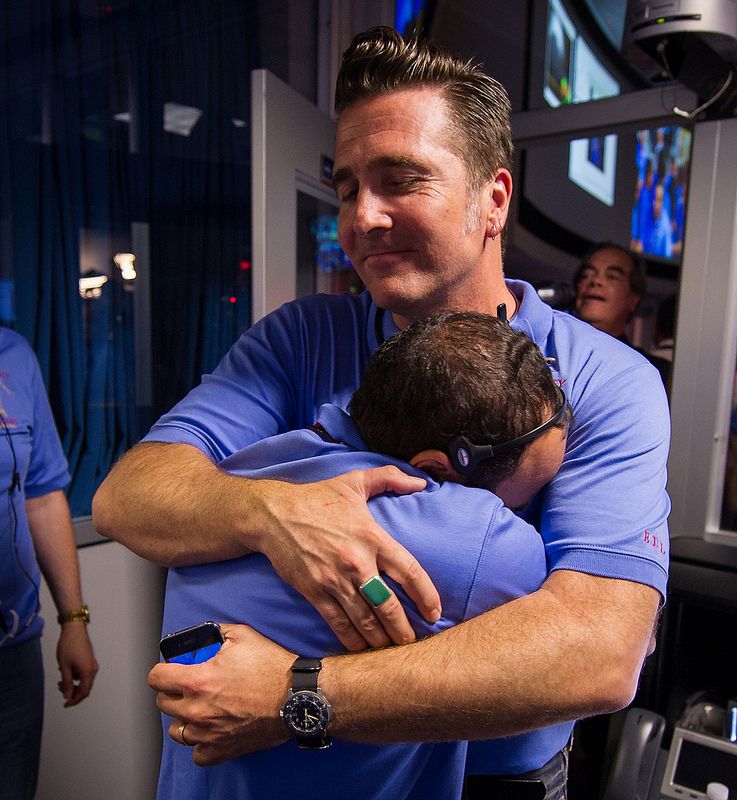
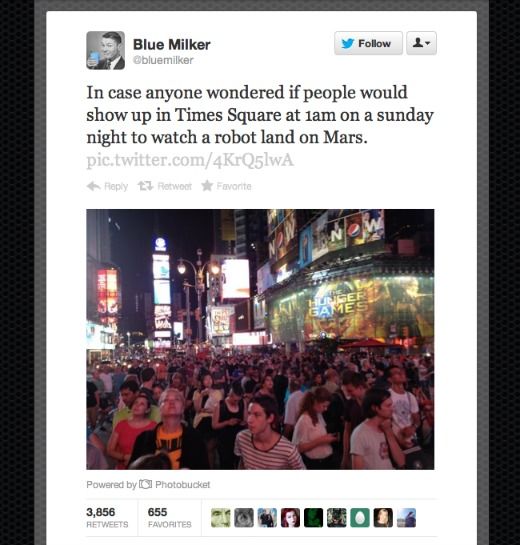
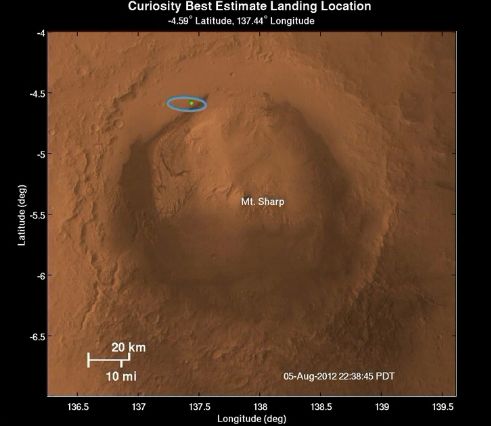
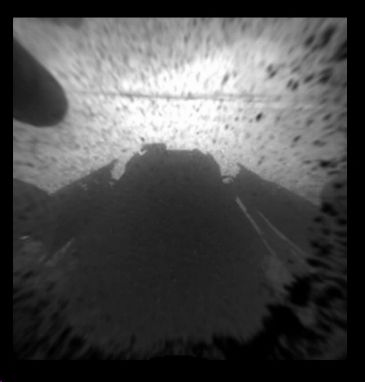
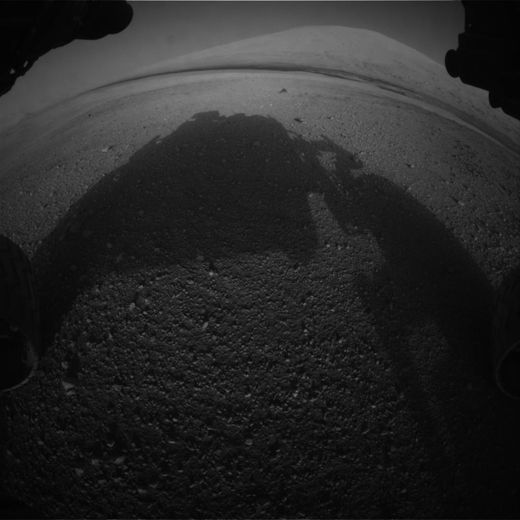
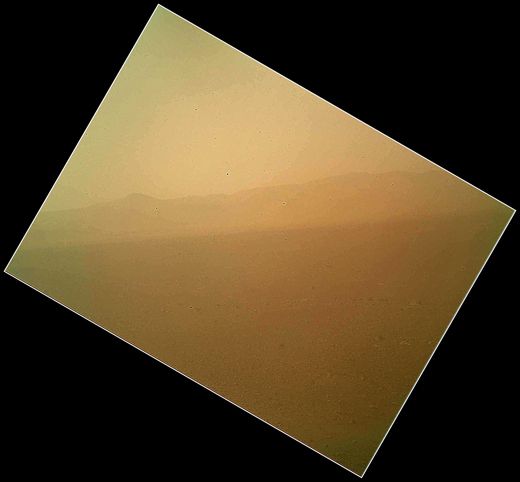
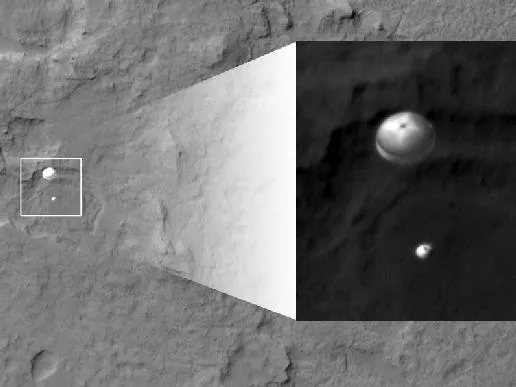
/https://tf-cmsv2-smithsonianmag-media.s3.amazonaws.com/accounts/headshot/Bruce_Lieberman_Yosemite_Cropped.jpg.jpeg)